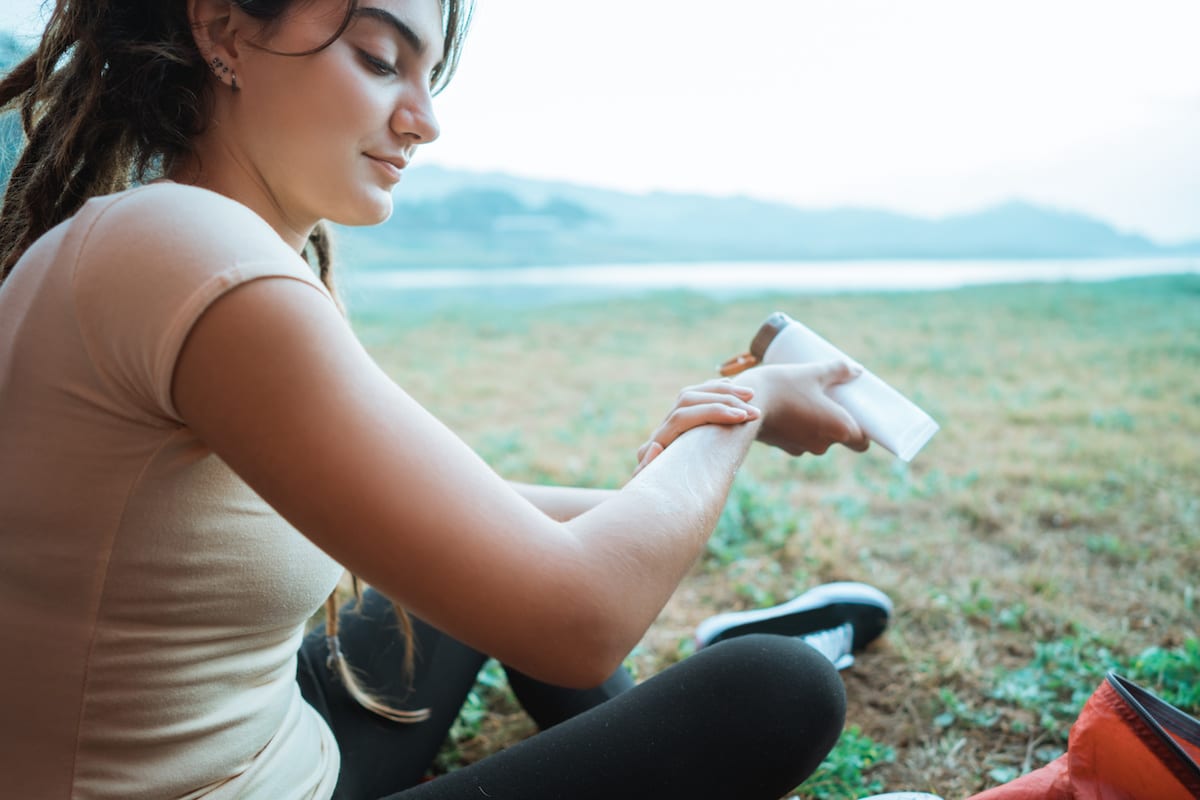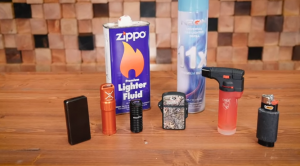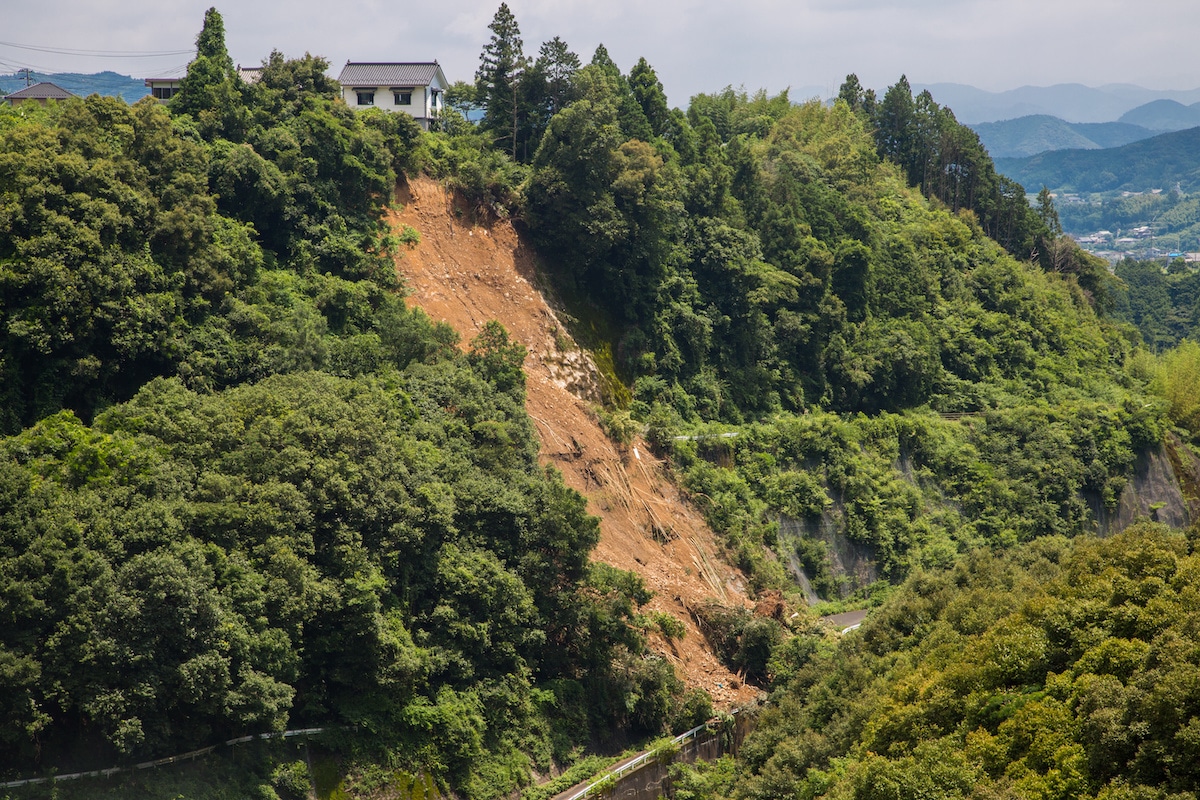As an avid camper and lover of everything outdoors, you must protect yourself from the elements. While most people are well-aware of packing the right camping gear for extended excursions and ensuring that they have the right shoes, mosquito repellent, and apparel, not much emphasis is made on sun protection.
What We'll Cover
From the looming mountains in Glacier National Park to the tall rocky spires of Bryce Canyon National Park, there is an almost unlimited number of national parks that you can camp in. However, regardless if you are camping in a forest area or desert terrain, you’re going to be exposed to UVA and UVB radiation, putting a spotlight on the importance of proper sun protection.
There are many reasons why campers are an at-risk group for sun damage—so you need to be prepared when you’re out camping. It’s important not only to know how to help prevent sun burns but also what to do when you get burned.
Why Is Sun Protection Important?
The damaging effects of UVA and UVB radiation are cumulative, causing premature wrinkling, sunspots, and cellular oxidization. UVA light in particular is dangerous due to its ability to penetrate deeper into the skin, steadily destroying substances within the skin that gives it its firmness and elasticity.
Growth in the eye, called pterygium, can show up in those who partake in outdoor activities like fishermen, surfers, and campers. These groups spend long hours under the midday sun or in UV-intense conditions found near mountains, rivers, and oceans.
How Do Sunburns Work?
A suntan stems from the body’s natural defense mechanism to protect against the damage caused by UVA rays. The darkening of the skin is melanin, which is a natural sunscreen. When your body senses that it is under sunlight, it will start to produce melanin in surrounding cells that are being exposed to the sun in an attempt to protect and shield itself from getting further damaged. When the defenses are overwhelmed, a sunburn occurs. The telltale signs of sunburn are persistent redness, skin that feels hot to the touch, tenderness, and swelling that eventually lead to blisters. UVA and UVB rays have different effects when it comes to the onset of a sunburn.
UVA Rays
UVA penetrates deeper into the skin and causes immediate tanning, sunburn, and hyperpigmentation issues. Over time, UVA rays will breakdown the orderly bonds within the structural unit of the nucleic acids in the skin’s DNA, and the form of the DNA molecule also becomes misshapen and misaligned. The cells with damaged DNA will then die in a process called apoptosis.
UVB Rays
Unlike UVA rays that can penetrate the dermis, UVB rays largely affect the top layers of the skin. It causes delayed tanning and eventual sunburn. While only about 5% of the sun’s UVB rays hit the surface of the earth, in tandem with UVA rays, you will eventually get a sunburn following sustained exposure.
How to Protect Yourself From the Sun
One of the best ways to protect yourself is to wear appropriate clothing. While most clothes will protect you from certain forms of sun damage, it’s best to invest in clothing that is designed to protect against it.
Cover Up
Ultraviolet protection factor (UPF) indicates how much UV radiation, which represents both UVA and UVB rays, a fabric allows to reach your skin. For example, if a piece of clothing is rated to have a UPF of 50, then the fabric will block 98% of the sun’s rays and only allow 2% to enter. Keep in mind that the Skin Cancer Foundation’s Seal of Recommendation notes that clothing needs to have UPF of at least 30 to be effective.
While there are brands that specifically manufacture clothing that has a UPF rating built-in, you can take proactive steps with the clothing that you already have, including:
- Wide-brimmed hats: They safeguard against the sun, and they’re a conventional way of protecting yourself from the damaging effects of the sun. Make sure that the hat is made up of a tightly woven fabric. A wide hat will protect your upper body including your face, scalp, and neck from basal cells and squamous cell carcinomas, which account for the majority of skin cancers and usually appear in the head and neck.
- Sunglasses: Purchase sunglasses that have UV protection built-in with a polarized lens. The polarized lens will reduce glare, lending for comfort, especially while looking at highly reflective surfaces.
- Specialty camping equipment: You can also purchase a camping tent that has built-in UV protection. These types of tents will passively protect your skin while lounging within your tent.
Color and Material Matters
Certain colors prevent UV rays from damaging your skin by absorbing them rather than letting it to penetrate. Even though many people believe that white clothing will protect against the sun’s damaging rays, it’s counterproductive. A white T-shirt provides only moderate sun protection with a UPF of about seven, and if you sweat or it becomes wet, that number is reduced to three. A dark-colored, long-sleeved denim shirt provides a UPF of more than 1500, lending for complete some protection.
Use Broad-Spectrum Sunscreen
A broad-spectrum sunscreen will protect you against the entire UV spectrum, including UVA and UVB rays. Broad-spectrum sunscreens are typically made with a combination of zinc oxide, octinoxate, ostisalate, and titanium dioxide that help reflect the sun off your skin. Broad-spectrum sunscreens are the only way to know that you’re protecting agianst both types of harmful UV rays.
Seek Shade
Whenever you are camping, it is best to seek shade whenever you can, but keep in mind that shade will not protect you and isn’t a substitute for sunscreen. The sun is still reflected off of surfaces like snow-capped mountains, lakes, oceans, and fields of grass.
Avoid Tanning Beds and Sun Lamps
Tanning beds and sun lamps used to be all the rage because they acted as a quick and easy way to get the perfect tan, but they can actually cause a lot of damage. Tanning isn’t just an aesthetic change our skin undergoes—it’s a response to exposure to the sun to help avoid irreversible damage. Using tanning beds and sun lamps can potentially harm your skin just as much as the sun can, so you should always avoid using these types of devices.
How to Choose the Right Sunscreen
Use a sunscreen with sun protection (SPF) of 30 or higher that is formulated with a combination of titanium dioxide and zinc oxide because those are the ones with broad-spectrum protection. If you can’t find a broad-spectrum sunscreen, read the other sunscreen labels carefully—while all sunscreen protects against UVB rays, not all are designed to protect against UVA rays. The FDA has stringent standards when it comes to these claims — the label on the packaging will carry a warning that it only protects against certain rays. If it is labeled “broad-spectrum” then it will have adequate protection.
Keep in mind that water-resistant does not mean that the sunscreen is waterproof. No sunscreen is 100% waterproof or sweat-proof. Water-resistant products mean that the sunscreen will last for up to 40 to 80 minutes while swimming or sweating. The best practice is to periodically reapply sunscreen, especially after drying off. Drying off with a towel is a mild exfoliator, and will remove most of the sunscreen from your skin. For best results, reapply sunscreen every two hours during times when the sun is high in the sky between 10 AM and 4 PM.
How to Care for a Sunburn
Several factors come into play as to when a person will have obvious signs of a sunburn. Markers like the person’s complexion, the time of day, and if they have had prior exposure to the sun will contribute to the propensity of sunburns. Light-skinned people will naturally burn much faster than dark-skinned people due to the lack of melanin in their skin. Especially light-skinned people can burn in as little as 15 minutes when exposed to the sun, or even faster if exposed to intense ultraviolet energy. You should keep factors like this in mind if you choose make your own camping emergency kit. However, here is what you should do if you find yourself sunburned.
Take a Cool Bath
Immediately after sun exposure, your skin will feel hot to the touch. A cool bath will offer immediate relief. It works by taming the inflammation that occurs after sun exposure. After a cool bath, make sure that you drink plenty of water. It will help stave off the effects of dehydration and also help replenish what your body is losing in battling the sunburn
Apply Aloe Vera
According to Baylor College of Medicine, aloe vera has several benefits that can help those who have experienced a sunburn. It contains a litany of antioxidants, enzymes, and Vitamins A and C. Vitamin A interrupts the process that breaks down collagen, which occurs after intense sun exposure, and vitamin E supports cellular function while combating the harmful effects of free radicals. Make sure you always have a bottle of aloe vera in your camping first aid kit for this reason.
Take Anti-Inflammatory Medication
Over-the-counter pain medication such as Ibuprofen, aspirin, and acetaminophen can help with pain management. These medications work by blocking the production of substances that the body releases in response to injury and inflammation. They offer immediate respite from pain until the sunburn subsides, and they are an extremely useful addition to a camping emergency kit.
Apply Moisturizing Creams
Moisturizers are formulated with humectant molecules that will attract moisture from the environment and retain it within the skin. Not only will it help facilitate healing, but it will also help control excessive flaking that can occur during the later stages of healing. For a cooling effect, pop the moisturizer in your freezer for a few minutes.
Is Sunscreen Safe?
While sunscreen keeps us safe from harmful rays, researchers from the International Coral Reef Initiative say that some sunscreens could be harming the environement—namely coral reefs. A 2018 study found that the zinc oxide and titanium dioxide commonly found in sunscreens could be contributing to the bleaching of coral reefs, and further research is being done to discover the extent of the potential damage. If you plan on swimming near coral reefs, it’s recommended to choose a reef-friendly sunscreen to help preserve the environement.
Conclusion
Camping reduces stress, allows city-dwellers to experience fresh air, helps with physical fitness, and enables you to unplug from our hyperactive world. Last thing you want to be busy with his catering to painful sunburns, or worrying about your skin health during hikes. Sun protection will allow you to focus on what matters during your outdoor excursions and stay connected with nature while staying safe.
The responses below are not provided, commissioned, reviewed, approved, or otherwise endorsed by any financial entity or advertiser. It is not the advertiser’s responsibility to ensure all posts and/or questions are answered.



![Best Archery Sets This 2023 [Men & Women]](/assets/images/8cf78150f1d9d7a0c175609145d21517.png)

